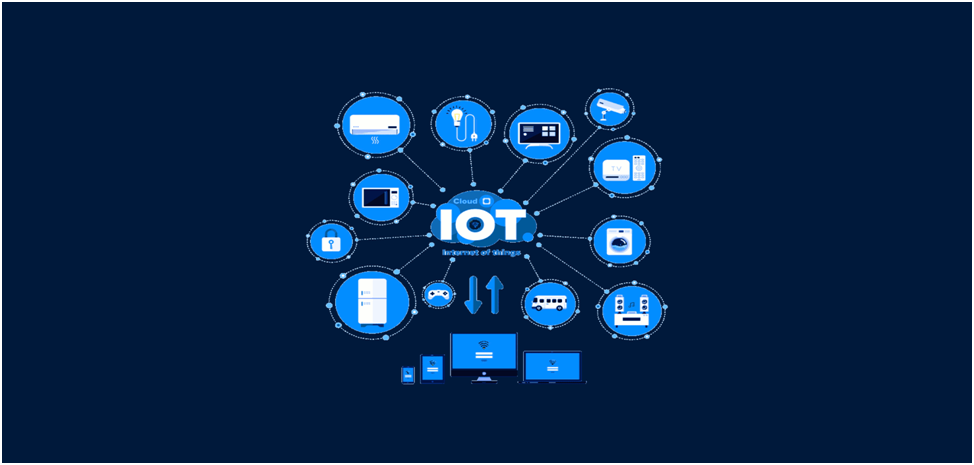
In this section, you can introduce readers to the concept of the Internet of Things (IoT) and its significance in today's interconnected world. Discuss how IoT devices have become ubiquitous in various industries and households, highlighting their convenience and functionality. However, emphasize the importance of considering security measures due to the vulnerabilities associated with these connected devices.
Dive deeper into the types of IoT devices available, ranging from smart home gadgets to industrial sensors. Explain how these devices communicate with each other and with the internet, often collecting and transmitting data. Discuss the diverse applications of IoT technology and its impact on everyday life and business operations.
Explore the potential risks and threats posed by IoT devices, including data breaches, unauthorized access, and device manipulation. Discuss real-world examples of IoT-related security incidents and their consequences. Highlight the vulnerabilities inherent in poorly secured devices and the potential for large-scale cyber attacks leveraging interconnected systems.
Offer practical tips and strategies for securing IoT devices. This could include recommendations such as regularly updating firmware, using strong passwords, and implementing multi-factor authentication. Discuss the importance of conducting security assessments and audits for IoT deployments, as well as the role of manufacturers in building security into their devices from the design phase.
Explain the importance of encryption in protecting sensitive data transmitted between IoT devices and backend systems. Discuss encryption protocols commonly used in IoT deployments, such as SSL/TLS, and highlight the role of encryption in preserving data privacy. Touch upon regulations like GDPR and CCPA that mandate data protection measures for IoT devices.
Explore network security considerations specific to IoT deployments, such as segmenting IoT devices onto separate VLANs and implementing firewalls and intrusion detection systems. Discuss the concept of zero-trust networking and the importance of monitoring network traffic for signs of suspicious activity.
Discuss the significance of robust identity and access management (IAM) practices in IoT security. Explain how IAM solutions can help authenticate and authorize users and devices, ensuring that only authorized individuals can access sensitive resources. Highlight the importance of revoking access rights for lost or compromised devices.
Delve into some of the unique challenges faced in securing IoT deployments, such as the sheer scale of interconnected devices and the diversity of device types and manufacturers. Discuss innovative solutions and technologies emerging to address these challenges, such as block chain-based security frameworks and AI-driven threat detection.
Explore cutting-edge technologies and trends shaping the future of IoT security. This could include discussions on the adoption of artificial intelligence and machine learning for anomaly detection, the integration of block chain for secure device authentication, and the development of quantum-resistant encryption algorithms.
Conclude the blog by speculating on the future of IoT security and the evolving threat landscape. Discuss potential regulatory changes and industry standards that may shape security practices in the coming years. Emphasize the importance of continued research and collaboration in addressing emerging security challenges in the IoT ecosystem.
As the Internet of Things (IoT) continues to permeate every aspect of our lives, ensuring the security of connected devices is paramount. The interconnected nature of IoT ecosystems presents unprecedented challenges, from data breaches to privacy concerns and potential cyber threats. However, by implementing robust security measures, including encryption, network segmentation, and identity management, we can mitigate these risks and safeguard our digital infrastructure.
As we look towards the future, it's clear that the security of connected devices will remain an ongoing priority. By prioritizing security at every stage of the IoT lifecycle – from device design and deployment to ongoing monitoring and updates – we can ensure a safer and more resilient IoT ecosystem for generations to come. Protecting connected devices isn't just about safeguarding data; it's about safeguarding the very fabric of our increasingly connected world.
Author
SHARON JOY C - CSE
2024-02-27